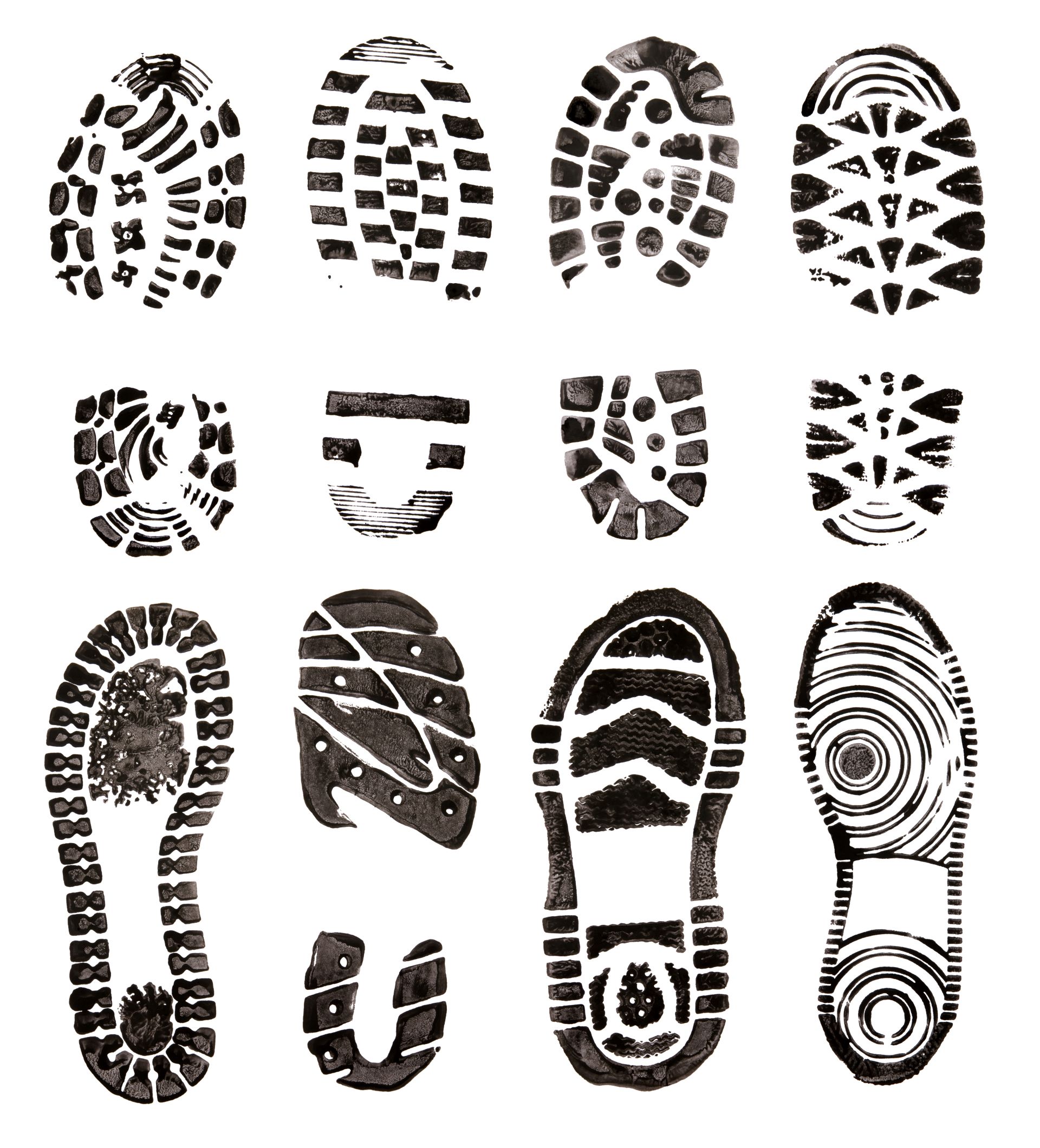This judgement of the Appeal Court in the jurisdiction of England and Wales was delivered in 2010 and produced what may well have been the greatest response yet from the forensic science community, both academic and practitioner. The assumed support of practitioners is based on the support of ENFSI (European Network of Forensic Science Institutes) directors; i.e. directors of state forensic science laboratories throughout the Europol region.
While the judgement is in fact limited to foot wear marks it is not entirely clear on the point and legal commentators have extended the scope to include other evidence types.
What prompts this statement is that, as feared, R v T is being used to argue that any evaluation using a logical framework, i.e. based on a likelihood ratio approach, should not be admitted. When it suits their purpose, advocates are looking to the judgment as a means of excluding expert opinion evidence based on a likelihood ratio approach.
The purpose of this statement is to clarify the position of Linked Forensic Consultants. We are of course not qualified to comment on the legal aspects of the judgement; our comments are limited solely to the science.
The position of Linked Forensic Consultants regarding the scientific basis of the judgement is as follows.
- The judgment was right in its criticism of the use of unreliable data and a lack of transparency.
- The judgement was helpful in highlighting the need for expert evidence to be closely scrutinised prior to admission.
- The judgement was erroneous in rejecting a logical framework for the evaluation of expert evidence.
- The judgment was unhelpful in suggesting an opinion such as ‘could have’ would be helpful to the trier of fact.
The response of Linked Forensic Consultants to the judgement is as follows.
- There are circumstances in which the use of a logical framework for the evaluation of forensic evidence is inappropriate, but these are few.
- The likelihood ratio stands apart from Bayes’ law and using the terms ‘Bayes’ and ‘Bayesian’ in connection with the likelihood ratio approach can be misleading and is confusing (Bayes’ law may be stated as
- Posterior is proportional to LR x Prior; posteriors and priors are of no concern to the expert witness).
- We agree with Berger that the likelihood ratio approach is ‘logical and it is coherent. Furthermore, it is the only logical and coherent approach to forensic science interpretation. There are no others’. See Berger et al, Science and Justice 51 (2011) 215.
It is fair to say that from the perspective of forensic science this judgement seems confused. Other judgments which seem to take a variety of positions on a logical framework and evaluative evidence are;
- R v Doheny and Adams [1996] EWCA Crim 726,
- R v George [2007] EWCA Crim 2722, and
- R v Reed, Reed and Garmson [2009] EWCA Crim 2698.
Other relevant papers are
Evett I.W. et al (2011) Science & Justice 52, 1–2.
Redmayne M. et al (2011) Crim.L.R #5
In passing, we are astonished at the implication of not criticising the expert witness. Surely an expert must be responsible for his or her own competence? Excusing the expert on the grounds that he was following the standard practice within the Forensic Science Service (FSS) at the time seems extraordinary and the court’s silence on any remedial action equally extraordinary.
